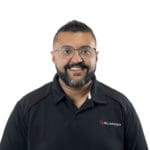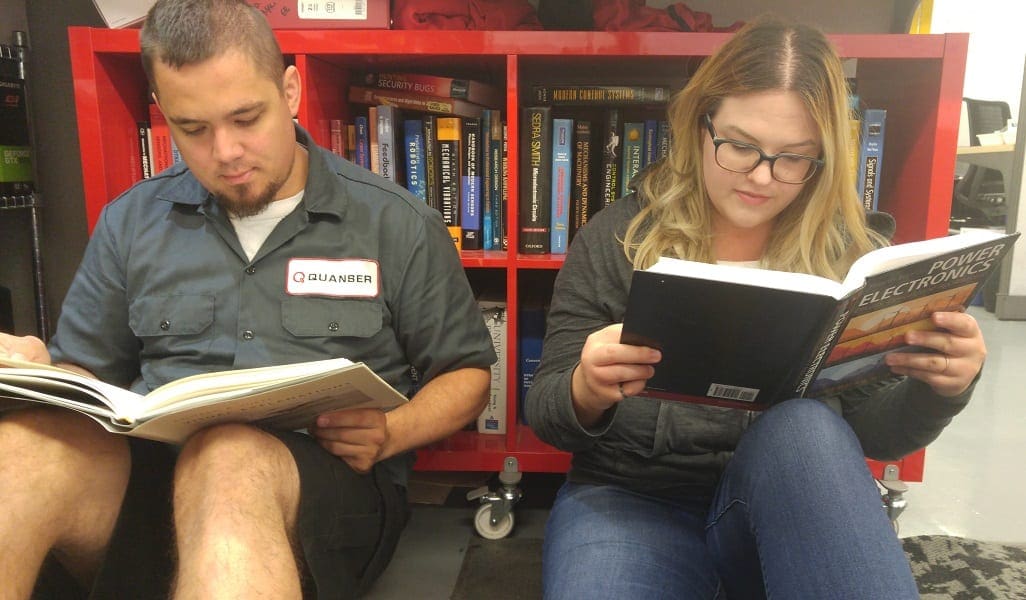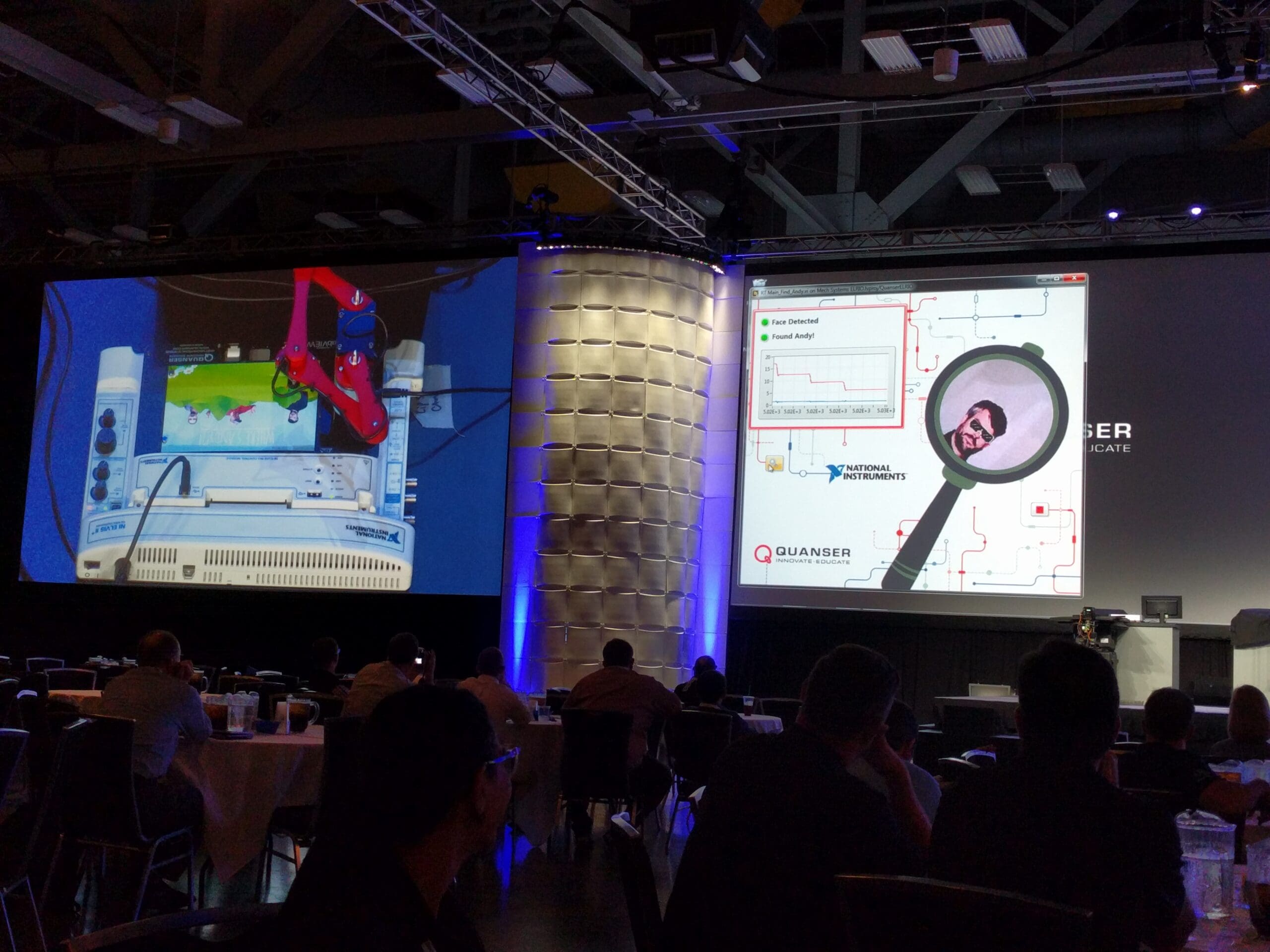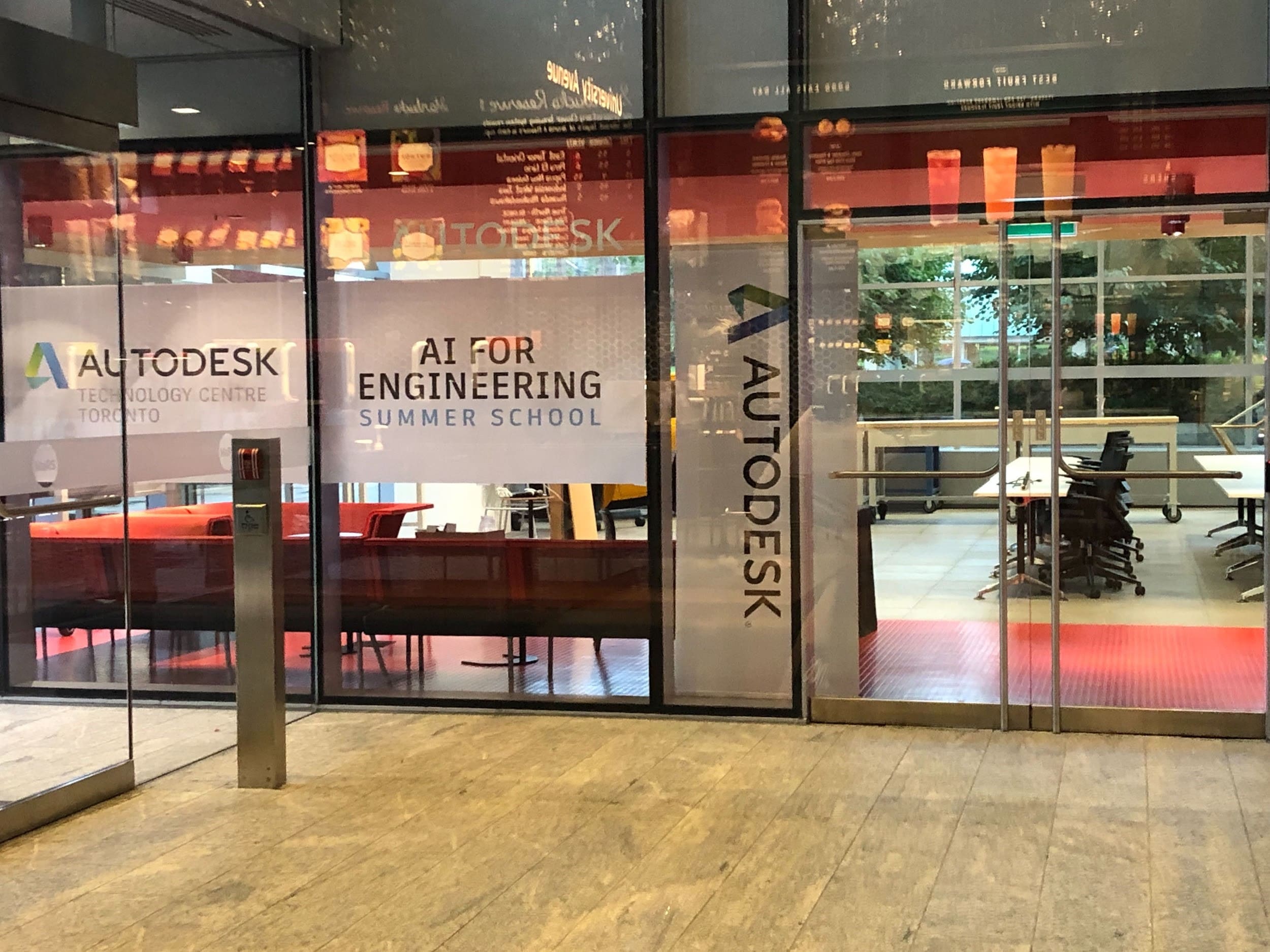
It all started in my grade 12 physics classroom. The birthplace of my doubt. I was hanging on by a thin rope connecting my desire to innovate and my parents’ desire for me to become a neurosurgeon. I questioned the system that required me to memorize terms for my biology course. Terms representing information that was readily available in books, as well as what was back then a not so trustworthy Wikipedia. Words related to taxonomy, as well as plant and animal anatomy. I ended up questioning all of biology of course, as my mind at the time could not place the root of my problems on the system that was in place to teach biology instead. But that is a different story for a different time. Physics and mathematics, on the contrary, offered a lucrative deal. “Understand how the universe works”, it said to me, “and the rest is application”. I fell in love with the application and critical thinking sections of my tests and completely gave up on studying for them. My life was simple – do the assignments and homework by myself, and if I did well on them, I must know the concept well enough to show up for a final and leave it all to the god of application. It worked, and I was excited more than anything else.
Two years into an engineering program, I switched gears and dropped the hammer on my confused parents that I wasn’t pursuing biomedical engineering for a career in medicine. They didn’t take it well that their only son was interested in giving life to inanimate objects such as robotic platforms, but that is a different story for a different time. I rode the wave of overwhelming happiness I felt, surrounded by the light and might of application. That was it. That was engineering to me.
It was only 3 years later, when I spent my evening’s tutoring grade 10-12 students and pondering on the financial stresses of going through engineering school, that I realized the transformation I had undergone. I was working with a certain student, who dreamt of being an engineer but had trouble recalling the steps his teacher had mandated them to follow. The teacher had categorized the problems through her own lens of learning and expected the students to categorize them the same way. Although this method worked for the teacher, it couldn’t possibly work for every student. I was sure of it. But I didn’t know how to lend out a helping hand to this kid, who was confused like most grade 12 student are. The words of my first-year structures and materials instructor, Prof. Michael Collins, zapped it’s way out of the forgotten memories of my first years as an engineer and I said to this kid, “You have to know the answer before you solve the problem.” He blinked twice, looked at his problem set again, and asked me why he couldn’t just memorize the steps outlined by his teacher. Prof. Collins spoke through me, “because you cannot push on a rope.” I didn’t back in my first year, but only suddenly then, did I understand the meaning of those words. Through my four undergraduate years, I had myself somehow given up on steps and well-defined processes of solving equations and problems. I had started working my way back from an answer I expected, to the problem at hand, which automatically paved the way for the path I had to follow. If I ended up with an answer I expected, I moved on. If I ended up somewhere else, I’d learn from my incorrect expectation and again, move on. What happened to that student though, is a different story for a different time.
Today, four more years have passed, and my concept of what engineering is has changed further for the better. The way I see it, I can define the human body, soul, being or whatever it is, as a ‘plant’. Not the green one photosynthesizing, but a control’s Plant. It has inputs and outputs. I see things, hear things, touch and feel things, all my measurements. And I move my muscles, to actuate things. Every single other thing I possibly do is probably engineering. I collect all information and measurements, comprehend them, analyze them to build a model of my universe around me, process and compute the outcomes of numerous actions I can take, analyze the trade-off between them, and take action. Whether that is related to finding a place to rent, making breakfast or flipping drones midflight autonomously. I seek out problems, and I’m addicted to solving them. I have stopped trying to push on the rope I was barely hanging on and now swing on it freely in a pool of problems ready for some application. Today, I’m an engineer.




